Fire safety is a critical concern for property owners, business managers, and safety professionals alike. In today’s world, where the value of assets and, more importantly, human lives are at stake, implementing effective fire protection measures is not just a legal requirement but a moral obligation.
This article delves into the world of fire suppression systems, exploring their importance, mechanisms, and applications across various environments. Whether you’re a facility manager, a restaurant owner, or simply someone interested in enhancing the safety of your surroundings, this guide will provide valuable insights into choosing and understanding fire suppression systems.
What is a Fire Suppression System?
Fire suppression systems are advanced safety installations designed to detect, control, and extinguish fires automatically. Unlike traditional fire alarms that only alert occupants to danger, these systems take active measures to combat fires at their source.
At their core, fire suppression systems consist of three main components:
- Detection devices: These sensors constantly monitor the environment for signs of fire, such as heat, smoke, or flames.
- Control panel: This is the “brain” of the system, processing information from detectors and triggering the suppression action.
- Suppression agents: These are the substances used to put out fires, which can include water, foam, or special gases depending on the system type.
When a fire starts, the detection devices quickly identify the threat. The control panel then activates the suppression system, releasing the appropriate agent to combat the fire. This rapid response is crucial in minimizing damage and protecting lives.
Fire suppression systems come in various types, each suited to different environments and fire hazards:
- Water-based systems: Common in office buildings and residential spaces
- Foam systems: Often used in areas with flammable liquids, like industrial settings
- Clean agent systems: Ideal for sensitive environments like data centres or museums
- Dry chemical systems: Effective for commercial kitchens and industrial applications
For fire safety officers and facility managers, understanding these systems is essential. Regular maintenance, inspections, and testing are crucial to ensure the system will perform effectively when needed.
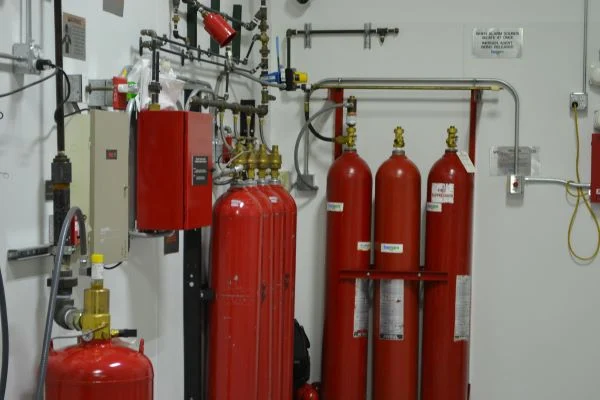
The Importance of Fire Suppression Systems in Different Environments
Fire safety is crucial in all settings, but the specific needs and challenges can vary greatly depending on the environment. Understanding these differences is key to implementing effective fire protection strategies.
Commercial Environments: In commercial spaces like offices, retail stores, and hotels, fire suppression systems play a vital role in protecting both people and assets. These environments often have a high occupancy and valuable equipment or inventory. Commercial fire systems typically include:
- Sprinkler systems: Widely used due to their effectiveness and reliability
- Clean agent systems: For areas with sensitive electronic equipment
- Voice evacuation systems: To guide occupants to safety
The focus in commercial settings is on quick detection, suppression, and safe evacuation.
Residential Fire Systems: Home fire protection is equally important but often simpler in design. Residential systems may include:
- Smoke detectors: The first line of defence in homes
- Residential sprinkler systems: Becoming more common in new constructions
- Portable fire extinguishers: For small, contained fires
The goal in residential settings is to alert occupants quickly and contain fires until professional help arrives.
Industrial Fire Suppression: Industrial environments present unique fire risks due to the presence of hazardous materials, high-temperature processes, and complex machinery. Industrial fire suppression systems are often more robust and may include:
- Foam systems: For areas with flammable liquids
- Dry chemical systems: Effective for various types of industrial fires
- Deluge systems: For rapid, high-volume water release in high-risk areas
These systems are designed to handle more intense fires and often require specialized maintenance.
Home Fire Protection: While not as complex as commercial or industrial systems, home fire protection is crucial for personal safety. Key components include:
- Interconnected smoke alarms: To ensure alerts throughout the home
- Fire escape plans: Essential for quick evacuation
- Consideration of residential sprinklers: Especially in larger homes
The importance of fire suppression systems across these environments cannot be overstated. They not only save lives but also protect property and ensure business continuity. For fire safety officers and facility managers, understanding the specific needs of each environment is crucial in selecting and maintaining the right fire suppression systems.
Kitchens at Risk: The Need for Kitchen Fire Suppression Systems

Kitchens, whether in restaurants, hotels, or even homes, are hotspots for fire risks. The combination of heat, flammable cooking oils, and electrical appliances creates a potentially dangerous environment. This is why kitchen fire suppression systems are crucial for fire safety.
Kitchen Hazards: Understanding the risks is the first step in preventing kitchen fires:
- Grease fires: Hot oil can quickly ignite if overheated
- Electrical fires: Faulty appliances or overloaded circuits pose risks
- Unattended cooking: A leading cause of kitchen fires
- Flammable materials near heat sources: Such as towels or packaging
Cooking-Related Fires: Statistics show that cooking equipment is the leading cause of home fires and injuries. In commercial kitchens, the risks are even higher due to the volume and intensity of cooking activities. Common scenarios include:
- Oil spillovers igniting on hot stoves
- Grease buildup in hoods and ducts catching fire
- Deep fryer fires due to overheating or malfunction
Kitchen Fire Suppression Systems: To combat these specific risks, specialized kitchen fire suppression systems are designed to:
- Detect fires quickly: Using heat sensors in hoods and ducts
- Automatically shut off fuel sources: Cutting gas or electricity to appliances
- Deploy fire-fighting agents: Often using wet chemical agents that are effective on grease fires
- Activate alarms: Alerting staff and customers to evacuate
Also Read: Revolutionize Your Fire Protection System with Flexible Fire Sprinkler Pipe
These systems are typically integrated with the kitchen’s ventilation system and are designed to activate quickly and automatically.
Restaurant Fire Safety: For restaurants, fire safety is not just about protection—it’s about business continuity and reputation. Key aspects of restaurant fire safety include:
- Regular staff training on fire prevention and response
- Proper maintenance of cooking equipment and ventilation systems
- Clear evacuation procedures
- Compliance with local fire codes and regulations
The Role of Kitchen Hood Fire Suppression Systems: A critical component of kitchen fire safety is the hood suppression system. These systems are designed to:
- Contain and extinguish fires within the cooking area
- Prevent fire spread through ventilation ducts
- Minimize damage to kitchen equipment
For fire safety officers and facility managers, ensuring the proper installation, regular inspection, and maintenance of kitchen fire suppression systems is crucial. These systems need to be tailored to the specific layout and equipment of each kitchen.
Kitchen Hood Fire Suppression Systems: Essential Features and Benefits
Kitchen hood fire suppression systems are a critical component of fire safety in commercial kitchens. These specialized systems are designed to quickly detect and suppress fires that originate in cooking areas, particularly those involving grease and oils. Let’s explore their essential features, benefits, and installation requirements.
Hood Systems Explained:
Kitchen hood suppression systems typically consist of:
- Detection mechanisms: Heat sensors or fusible links that detect fire.
- Suppression agent: Usually a wet chemical solution effective against grease fires.
- Nozzles: Strategically placed to spray the suppression agent.
- Control system: Manages the activation of the suppression system.
- Manual pull station: Allows for immediate manual activation if needed.
The system is integrated into the kitchen’s ventilation hood, covering the cooking area and extending into the exhaust ducts.
Benefits of Hood Suppression Systems:
- Rapid fire detection and suppression: Automatic systems react much faster than human response times.
- Targeted fire fighting: Suppression agent is directed precisely where it’s needed.
- Minimized damage: Quick suppression limits fire spread and reduces damage to equipment and property.
- Improved safety for kitchen staff: Automatic systems protect workers from the dangers of attempting to fight kitchen fires manually.
- Business continuity: Fast suppression can mean the difference between a minor incident and a major business interruption.
- Compliance with regulations: Many jurisdictions require these systems in commercial kitchens.
Installation Requirements for Kitchen Hoods:
Proper installation is crucial for the effectiveness of hood suppression systems. Key requirements include:
- Compliance with local fire codes and NFPA standards (particularly NFPA 96 in the U.S.).
- Proper sizing and placement of nozzles to cover all potential fire areas.
- Correct positioning of detection devices.
- Integration with the building’s fire alarm system.
- Installation of a manual pull station in a safe, accessible location.
- Proper placement of Class K fire extinguishers as a backup.
- Clear labeling and signage for system components.
Installation should always be performed by certified professionals who understand the specific requirements of kitchen fire suppression systems.
Regular Maintenance and Inspection:
To ensure ongoing effectiveness, hood suppression systems require:
- Semi-annual inspections by qualified technicians
- Regular cleaning of hoods and ducts to prevent grease buildup
- Immediate replacement of discharged suppression agent after system activation
- Staff training on manual activation and evacuation procedures
For fire safety officers and facility managers, understanding these systems is crucial. Proper installation, regular maintenance, and staff training are all essential to maximize the benefits of kitchen hood fire suppression systems.
Choosing the Right Fire Suppression System for Your Needs
Selecting the appropriate fire suppression system is a critical decision that can significantly impact the safety of your property and its occupants. This process requires careful consideration of various factors and compliance with relevant regulations. Let’s explore the key aspects of choosing the right system for your needs.
Factors to Consider in Choosing a System:
- Type of Facility:
- Office buildings may require different systems than industrial plants or data centres.
- Restaurants and commercial kitchens need specialized kitchen suppression systems.
- Nature of Fire Risks:
- Identify potential fire sources (electrical, chemical, grease, etc.).
- Consider the types of materials present in the space.
- Size and Layout of the Space:
- Larger areas may require more complex or zoned systems.
- Building architecture can influence system design and placement.
- Occupancy:
- High-occupancy buildings may need systems that allow for safe evacuation.
- 24/7 operations require systems that can function without interruption.
- Environmental Concerns:
- Some suppression agents may be harmful to the environment or sensitive equipment.
- Clean agents might be necessary for areas with valuable or sensitive assets.
- Budget Considerations:
- Initial installation costs vs. long-term maintenance expenses.
- Potential insurance benefits from enhanced fire protection.
- Water Availability:
- Areas with limited water supply may need waterless systems.
Compliance with Regulations and Codes:
Adhering to local, state, and national fire codes is non-negotiable. Key considerations include:
- Familiarity with NFPA standards relevant to your industry and building type.
- Compliance with local fire department requirements.
- Adherence to building codes and safety regulations.
- Regular inspections and certifications as required by law.
Professional Installation Recommendations:
To ensure the effectiveness and compliance of your fire suppression system:
- Work with Certified Professionals:
- Choose installers certified by reputable organizations (e.g., NICET in the U.S.).
- Verify the installer’s experience with your specific type of system and industry.
- Get Multiple Quotes:
- Compare proposals from different providers to ensure comprehensive coverage.
- Review System Design:
- Ensure the proposed system addresses all identified fire risks.
- Verify compatibility with existing building systems.
- Consider Future Needs:
- Choose a system that can be expanded or modified as your needs change.
- Prioritize Training and Support:
- Select providers who offer thorough staff training and ongoing support.
- Understand Maintenance Requirements:
- Choose systems with clear, manageable maintenance schedules.
- Consider the availability of parts and service in your area.
- Check References:
- Ask for and verify references from similar installations.
For fire safety officers and facility managers, the process of selecting a fire suppression system should involve careful analysis and consultation with experts. It’s not just about meeting minimum requirements; it’s about creating a comprehensive fire safety strategy tailored to your specific needs.
Conclusion: Safeguard Your Space with the Right Fire Suppression System Today!
Fire safety is not just a legal requirement—it’s a critical responsibility that protects lives, property, and business continuity. Throughout this article, we’ve explored the various aspects of fire suppression systems, from their basic functions to specific applications in different environments, with a special focus on high-risk areas like commercial kitchens.
Key takeaways include:
- Understanding the basics of fire suppression systems and how they work to detect and combat fires quickly.
- Recognizing the importance of tailored fire protection strategies for different environments, whether commercial, residential, or industrial.
- Appreciating the unique fire risks in kitchen environments and the specialized systems designed to address these hazards.
- Grasping the essential features and benefits of kitchen hood fire suppression systems.
- Learning the crucial factors to consider when selecting the right fire suppression system for your specific needs.
As a fire safety officer or facility manager, your role in implementing and maintaining effective fire suppression systems is paramount. By choosing the right system, ensuring proper installation, and maintaining regular upkeep, you’re not just complying with regulations—you’re actively safeguarding lives and assets.

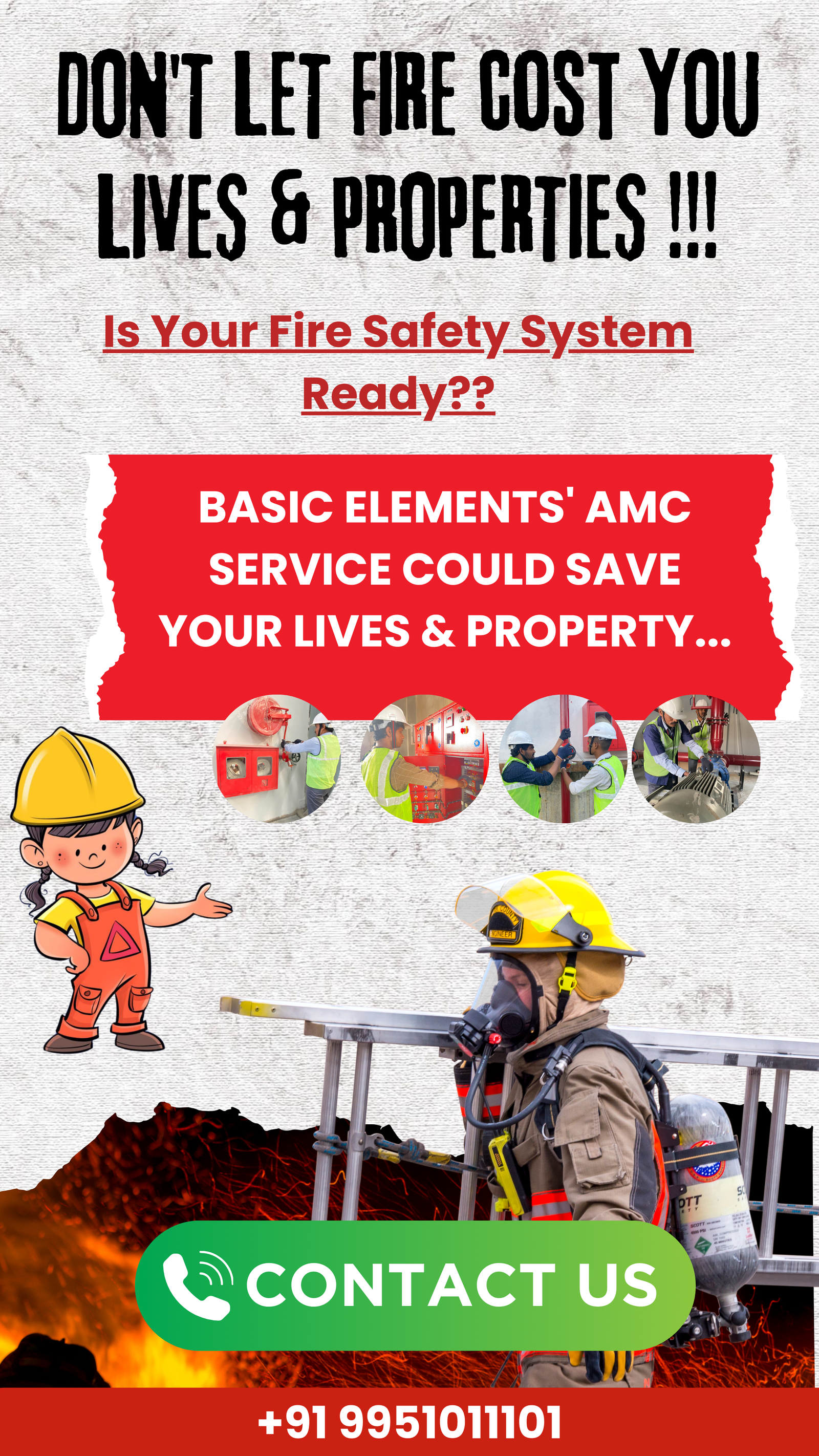

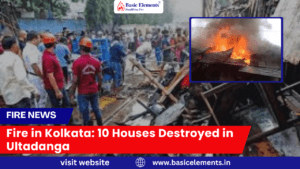
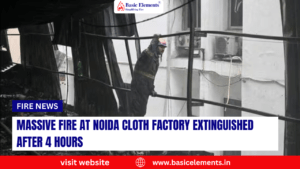
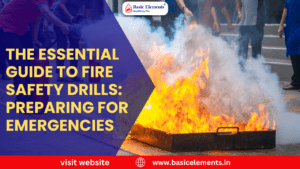
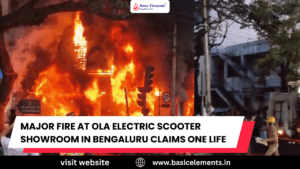
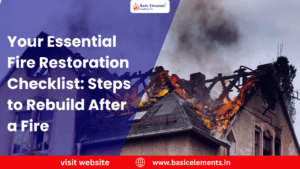
1 thought on “Understanding Fire Suppression Systems: Protecting Your Property and Lives”
Pingback: Understanding Fire Fighting Sprinklers Types and functions
Comments are closed.